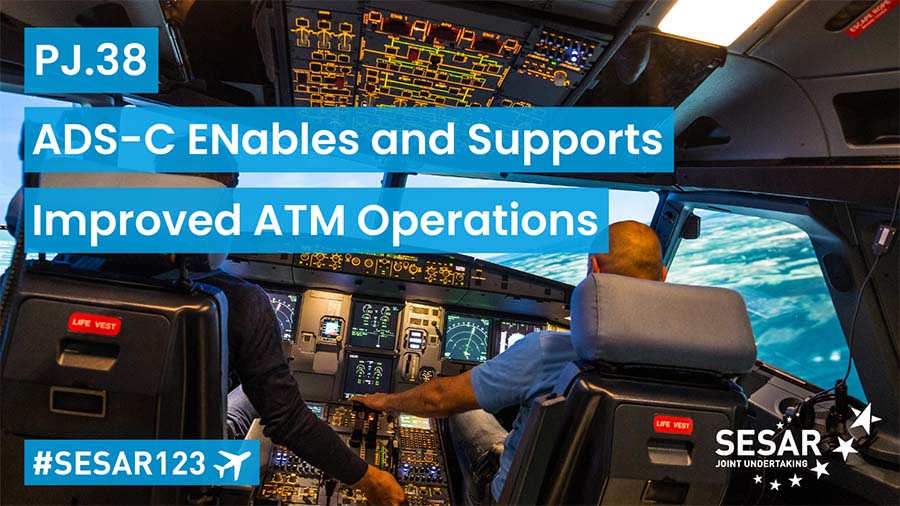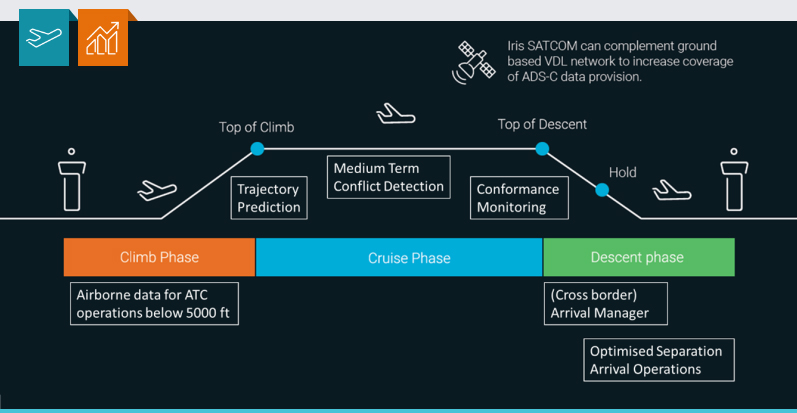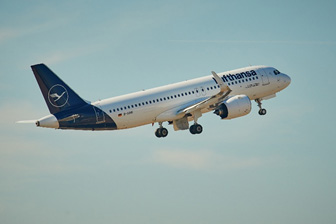Aircraft can provide essential information to support accurate and reliable trajectory prediction or alternative scenarios during the execution of a flight. The EU-funded PJ38-W3-ADSCENSIO project will improve several characteristics of air traffic control through the better prediction of flights’ behaviour. The project demonstrated the improvements in several operations performed by air traffic controllers as well as the efficiency and strength of a technological infrastructure to support the data link communications between the aircraft and ground on trajectory-related exchanges. The adoption of technical and operational solutions reduced controller workload in high traffic conditions, increase airspace capacity, and reduce flight delays, fuel consumption and CO2 emissions.

Large scale demonstrations PROJECT
PJ38-W3-ADSCENSIO - ADS-C ENables and Supports Improved ATM Operations
In short
|
|
|
|---|---|
|
PROJECT ID
|
PJ38-W3-ADSCENSIO
|
|
PROJECT TYPE
|
Large scale demonstrations |
|
FLAGSHIP
|
Not applicable
|
|
STATUS
|
Completed |
|
SESAR PROGRAMME
|
SESAR 2020
|
|
PROJECT DURATION
|
2020-11-01 > 2023-06-30 |
|
TOTAL COST
|
€ 10.751.364,11
|
|
EU CONTR.
|
€ 6.759.968,53
|
|
GRANT ID
|
101017626
|
|
PARTICIPANTS
|
Direction Des Services De La Navigation Aerienne (DSNA), Airbus, Airtel Atn , DFS Deutsche Flugsicherung , Enaire, Enav, Eurocontrol, Honeywell Aerospace, HungaroControl, Indra Sistemas Sa, Leonardo, NATS, Polska Agencja Zeglugi Powietrznej, Skyguide, Oro Navigacija, Frequentis, Saab Aktiebolag, Sintef, Rizeni Letoveho Provozu Ceske Republiky Statni Podnik, Letove prevadzkove, Eviden |
As part of the goal to move to trajectory-based operations, the project focused on improving various features of air traffic control in order to better anticipate how flights would behave.
During the execution of a flight, major elements to feed an accurate and reliable trajectory prediction -or alternate scenarios- can be provided by the aircraft itself. These elements can be: wind conditions, speed schedule or the trajectory prediction computed by the aircraft navigation system itself, which consists in a suite of positions, altitude, and time (“4 Dimensions”).
Some aircraft operated by European airlines already have the capacity to send those elements via a datalink communication application.
The objectives of the proposal are to demonstrate both:
- Improvements that can be achieved in many common operational situations that Air Traffic Controllers have to manage, and
- The efficiency and robustness of a technological infrastructure to support the datalink communications between the aircraft and various ground consumers for trajectory related exchanges.
Implementation of technical and operational solutions primarily induce a reduction of controllers’ workload in high traffic condition, hence enhancing airspace capacity. Another effect resulting from earlier and assisted Controllers decisions allow to reduce flight delays, fuel burn and CO2 emissions. They are key to reach the target set for aviation industry in the perspective of reducing its environmental impact.
ADSCENSIO builds on previous SESAR initiatives, such as DIGITS, and is the main contributor to prepare the industrial implementation as required by the Common Project #1. The associated implementing rule demands by 2027: the European Air Navigation Service Providers’ ground systems to be capable to make use of aircraft trajectory data 45% of flights in Europe to have the capacity to share trajectory.;






